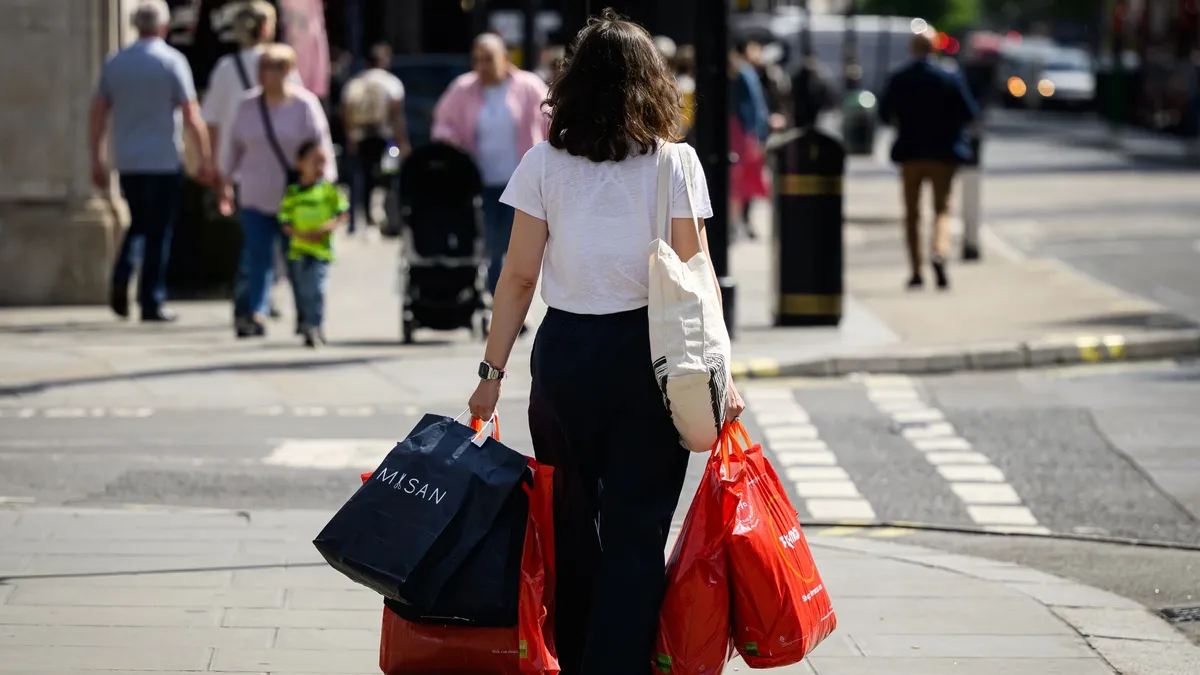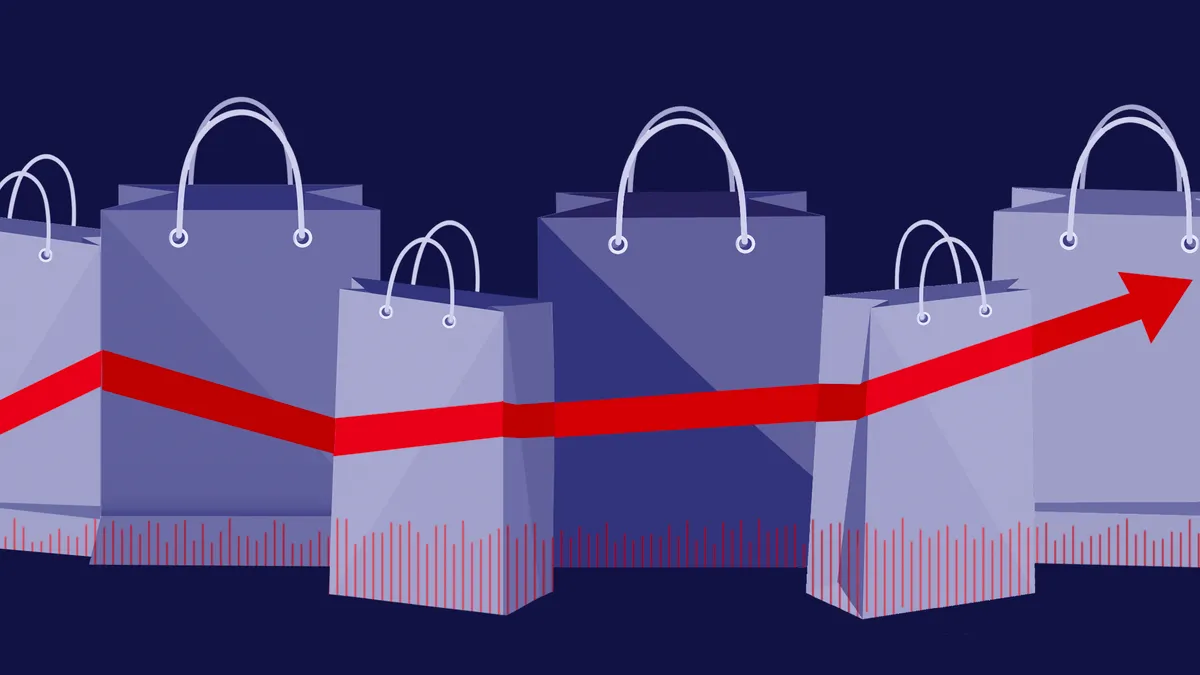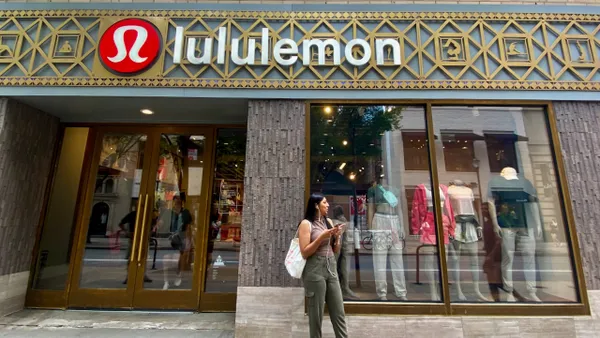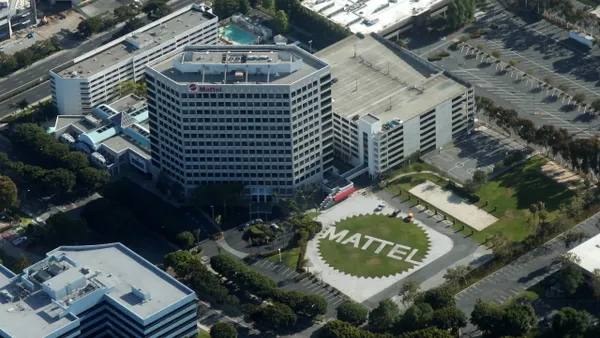Dive Brief:
-
U.S. consumer spending was flat in December despite a tick up in incomes, suggesting continued caution that could continue to haunt retailers, according to the U.S. Department of Commerce’s monthly report. Adjusted for inflation, consumer spending rose just 0.1%.
-
Spending on durable goods that last at least three years (like refrigerators) fell 0.9% from November. Retail sales dropped 0.2%, but that takes into account lower fuel prices.
-
Meanwhile, in December household income rose 0.3%, as it did in November. The income and wage increases plus muted spending resulted in the country’s highest savings rate since December 2012— to 5.5% of after-tax income. Disposable income (after-tax income, adjusted for inflation), rose 0.4 % in December from November and rose 3.5% in 2015, the most in nine years.
Dive Insight:
December’s low-key spending has a few reasons—warm weather meant that shoppers avoided winter gear and lower fuel prices are also reflected in the lower retail spending number. But it’s also a sign that the American consumer remains cautious, perhaps waiting for fuel prices to rise, or leery of how steady their jobs and income will prove to be.
In any case, it’s hard to know whether spending will rise in coming months, considering these variables and the un-knowable frame of mind of the consumer.
“Income growth is still strong, employment growth is still strong, and consumer confidence is still at healthy levels,” Paul Ashworth, an economist at Capital Economics, told the Wall Street Journal. “I don’t think we’re going to get any persistent weakness in consumption anytime soon.”
While divided on what some of this means, though, economists generally don’t believe that spending will fall off (except perhaps as reflected in fuel spending, which will likely level off if not rise) and could strengthen as consumers stockpile some savings.
Still, others caution that many consumers themselves are girding themselves for tougher times to return.
Joshua Shapiro, an economist at MFR Inc., told the Journal that many people are “increasingly convinced that the political and economic systems of the nation are broken.”
“With that backdrop, lower energy costs and solid job growth…can only go so far in convincing consumers to spend rather than to build precautionary savings,” he said.














